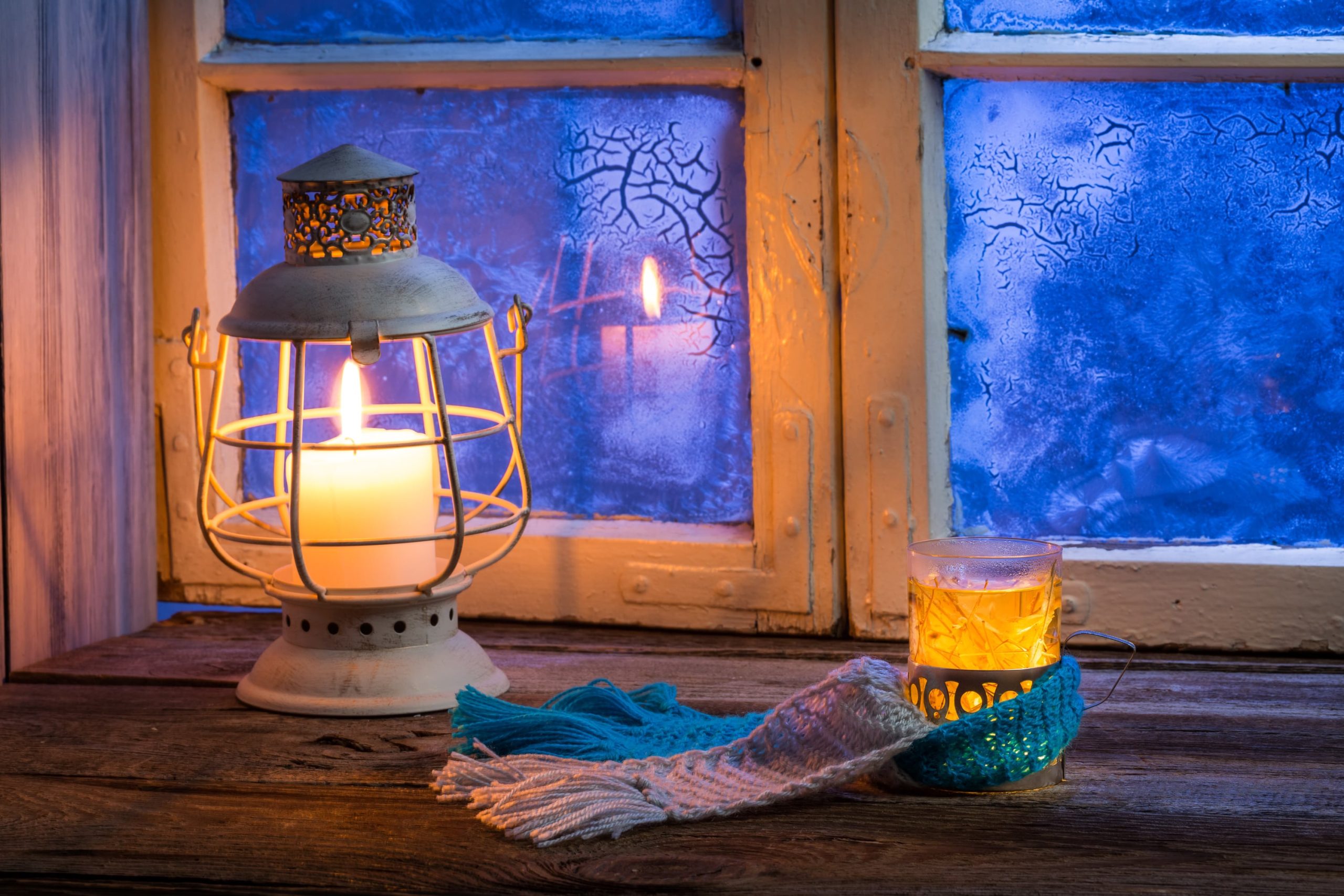
Upgrading Exterior Doors for Energy Efficiency
When we talk about home improvement projects that can save you money on heating and cooling, we often focus on upgrading old single-pane windows. But did you know that you can save energy by upgrading your home’s exterior doors as well? Just like with windows, homeowners have a range of options when it comes to upgrading doors. Read on to find out what options might be money-savers for you and your home.
See Also: Keeping Energy Bill Down in Winter
Adding Weatherstripping
Adding weatherstripping is the simplest and least expensive way to upgrade your doors for increased energy efficiency. There are many different types of weatherstripping available, from foam tape to felt to tubular rubber. Some are more expensive than others, and each has its own advantages and disadvantages. And some kinds can be used with sliding doors, while others can only be used with swinging doors. So it’s important to evaluate your options carefully.
Each type of weatherstripping is installed slightly differently, but in general, they’re placed along the edge of the door or inside of the doorframe to fill up the space in between and stop air from passing through. The US Department of Energy estimates that sealing air leaks on a drafty house can save you up 20% on heating and cooling.
See Also: Does Energy Efficient Mean a Lower Utility Bill
Installing Storm Doors
If you have a wooden exterior door that is generally in good condition, but you want to make it more energy efficient, you might want to consider adding a storm door. A storm door is a second door that goes outside of your regular door. Storm doors can be made of a variety of materials, but are frequently composed of aluminum and glass, sometimes with an insect screen so that you can open or remove the glass pane and allow air flow.
Storm doors improve energy efficiency by blocking drafts and by insulating your regular exterior door with a pocket of air. The US Department of Energy warns that you should never install a glass storm door in front of an exterior door that gets more than a few hours of direct sunlight per day. That’s because the glass storm door is so good at holding in heat that it could damage your exterior door. In addition to saving energy, storm doors can also help to make your home more secure by adding an extra barrier to anyone who might try to break in.
See Also: Football Goes Green With Energy Efficient Stadiums
Replacing Older Doors with More Energy Efficient Ones
Just like we have more energy-efficient windows and HVAC systems available today, we also have more energy-efficient doors. Replacing older wooden or glass doors with new energy-efficient models can lead to significant savings on your utility bills.
- According to the US Department of Energy, these energy-efficient doors are generally made of steel or fiberglass and have a core of polyurethane foam insulation.
- A door like this, without a window, is five times better insulated than a comparable solid wood door.
- These new doors often have weatherstripping built in, so you don’t have to add it later.
- They generally make storm doors unnecessary as well because they’re so well insulated and sealed. So although the door itself may be more expensive, you’ll save money and hassle by not having to add things to it for efficiency later. As with windows, HVAC systems, and appliances, doors can also be EnergyStar certified, so looking for that blue logo can be an easy way to spot whether a door is energy-efficient.
See Also: What is an Energy Star Rating
- Energy-efficient fiberglass and steel doors can also have glass windows in them, even though glass tends to decrease energy efficiency. If you want a door with a window that’s still energy-efficient, look for the same kind of things you’d look for in energy-efficient windows. For instance, look for double-paned glass.
- Look for glass that’s marked as low-e, or low emissivity. This means that the glass has a coating on it that reduces the transfer of heat through the window. According to the US Department of Energy, low-e coatings can reduce the amount of heat passing through the glass by 30-50%.
- If you’re purchasing a glass door, like a patio door, it’s especially important to look for things like multiple panes and low-e coatings that reduce heat transfer.
- A glass door with a metal frame should have a thermal break, which the DOE describes as a layer of insulating plastic inside of the frame.
- Sliding glass doors can never be perfectly sealed against air leaks, because a tight seal would keep the door from sliding. Therefore, swinging French doors may be a better choice for energy efficiency.
See Also: Things to Consider When Replacing Existing Heating and Air Conditioning Unit
Conclusion
Half of the energy used by the average American household goes toward heating and cooling, so better insulating your home to help it stay warm in winter and cool in summer can have a significant effect on your monthly energy bills. Along with energy-efficient windows, better insulated and less drafty doors can help keep heat inside when you want it and outside when you don’t.


